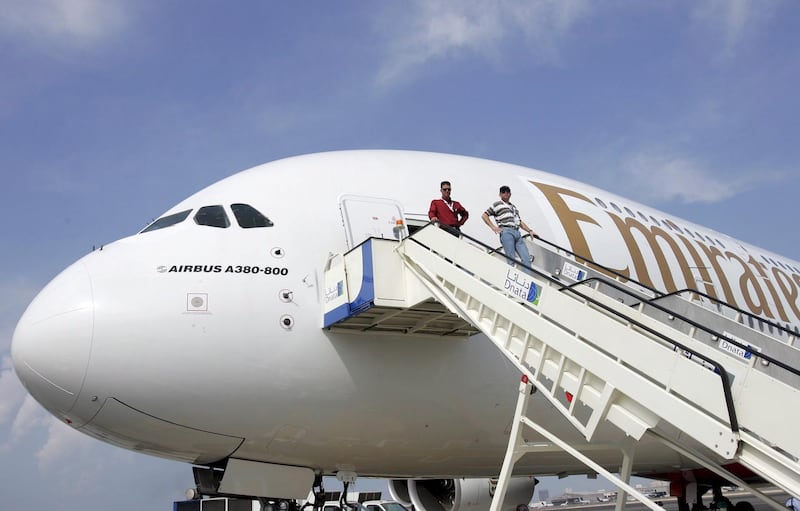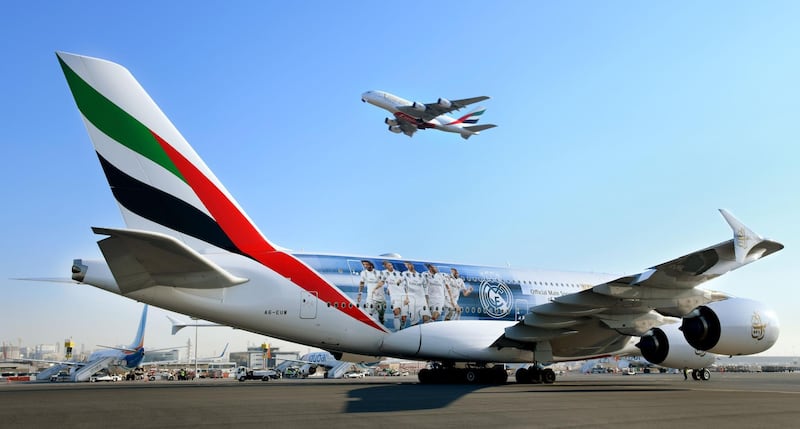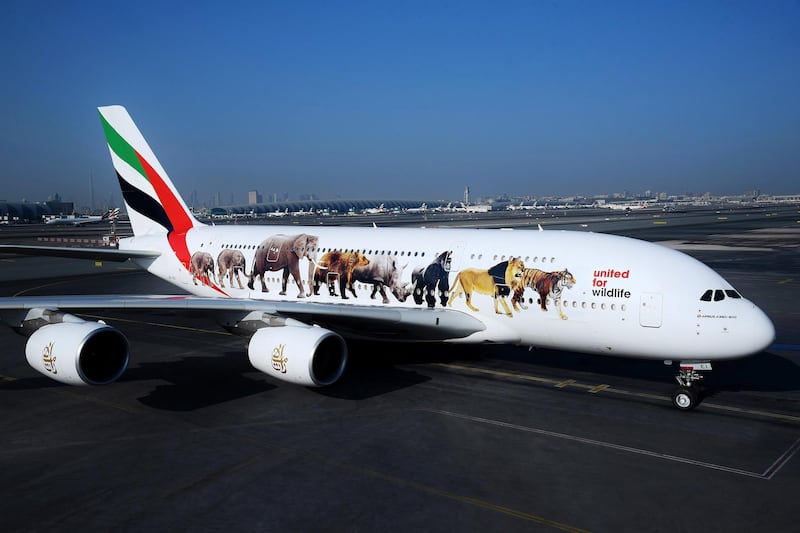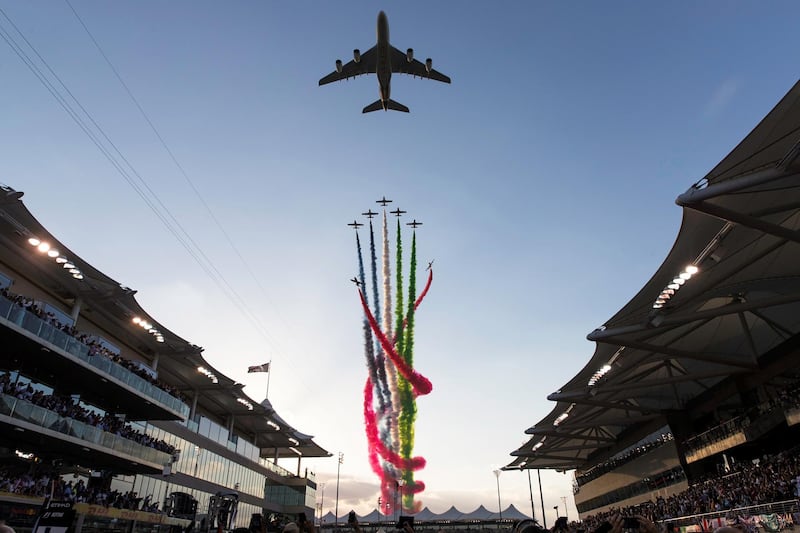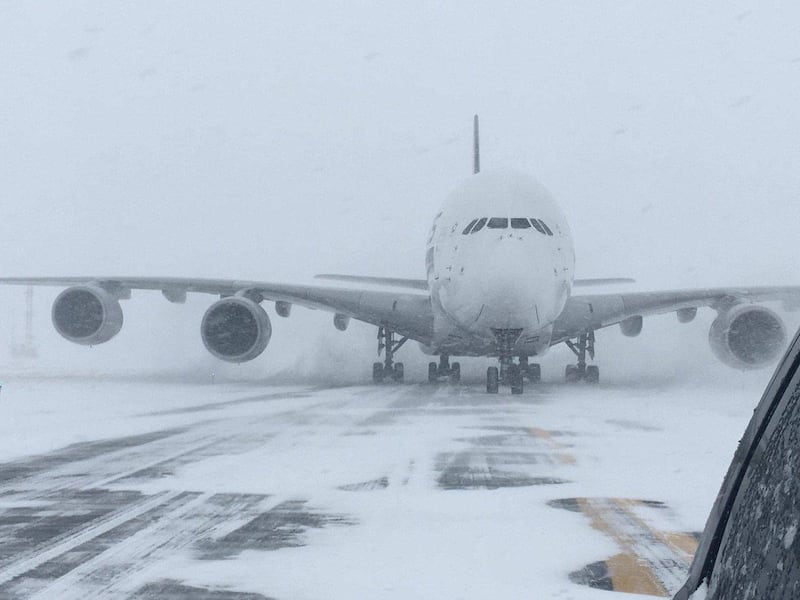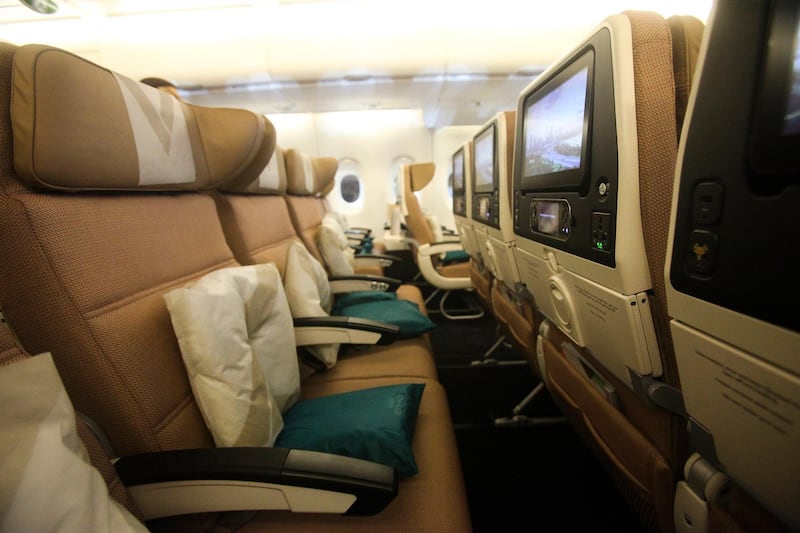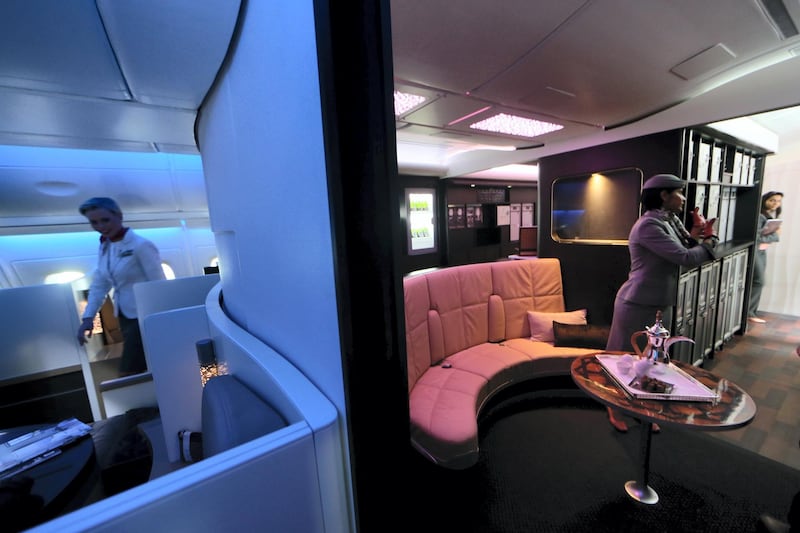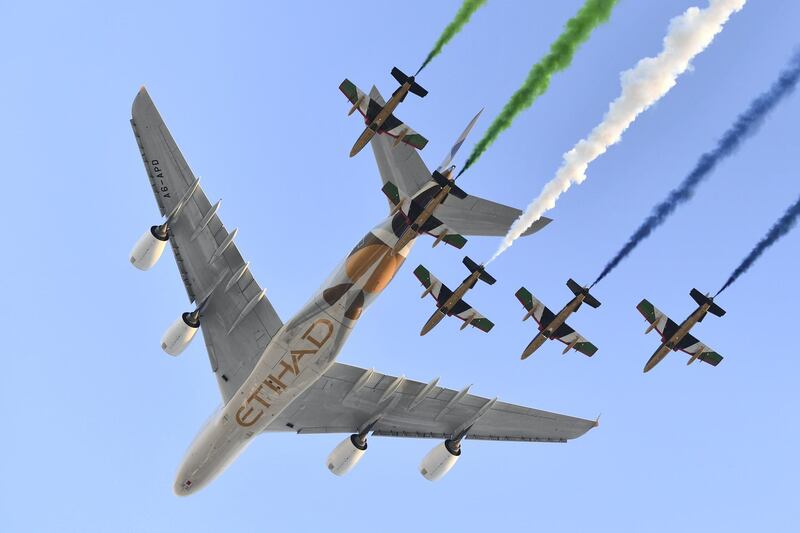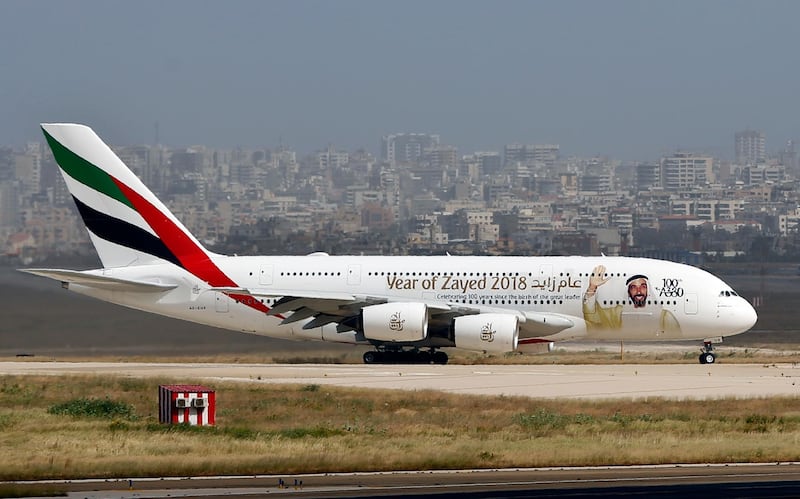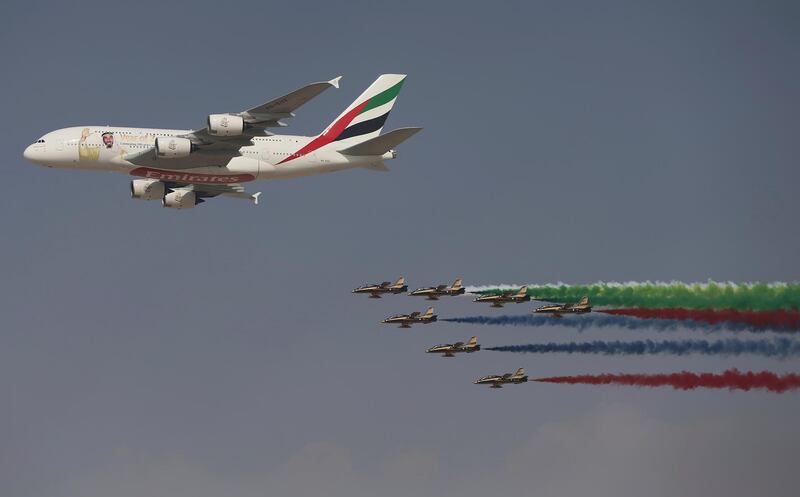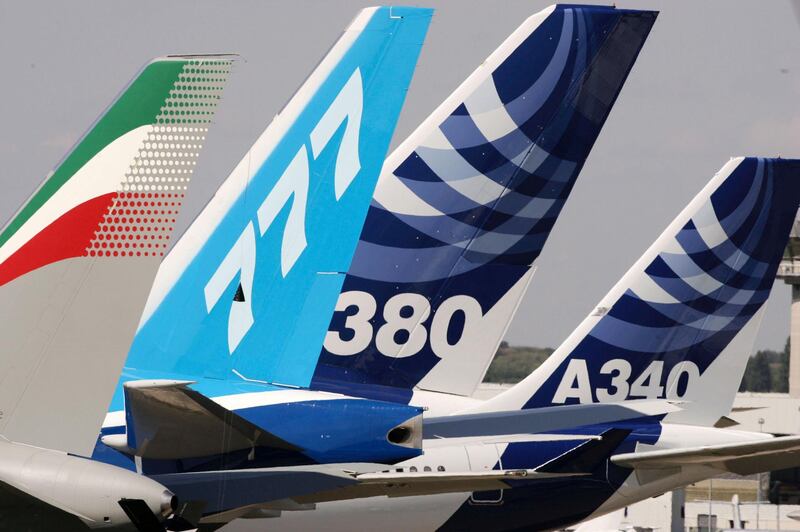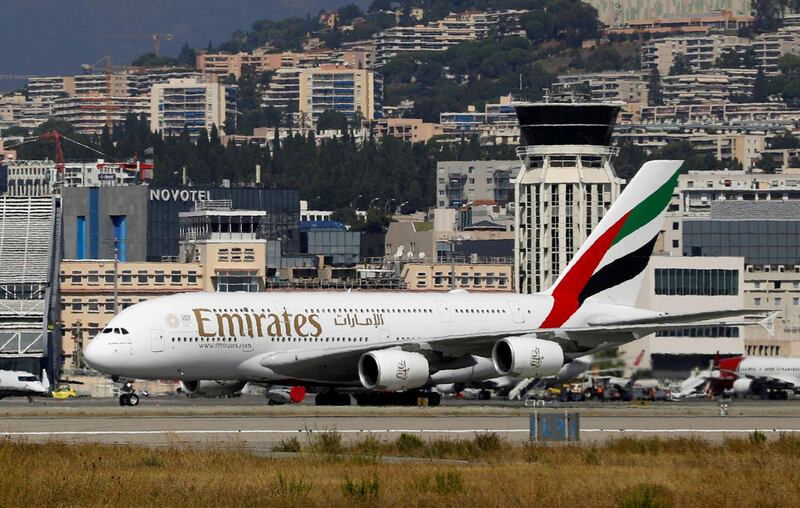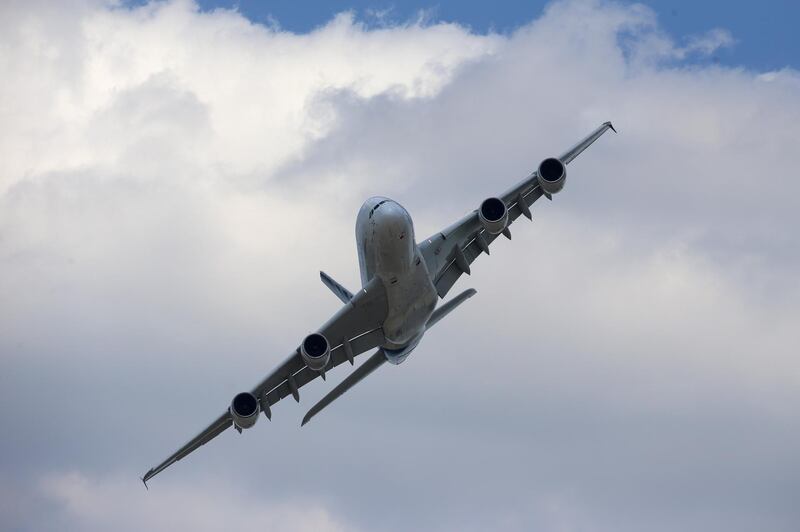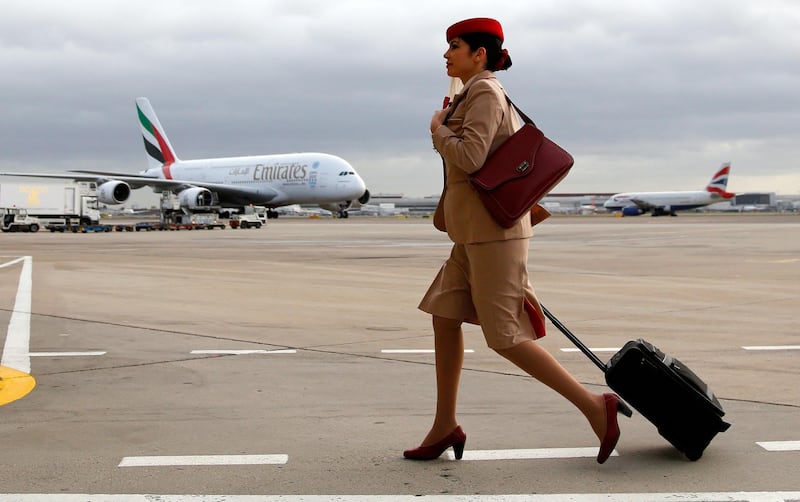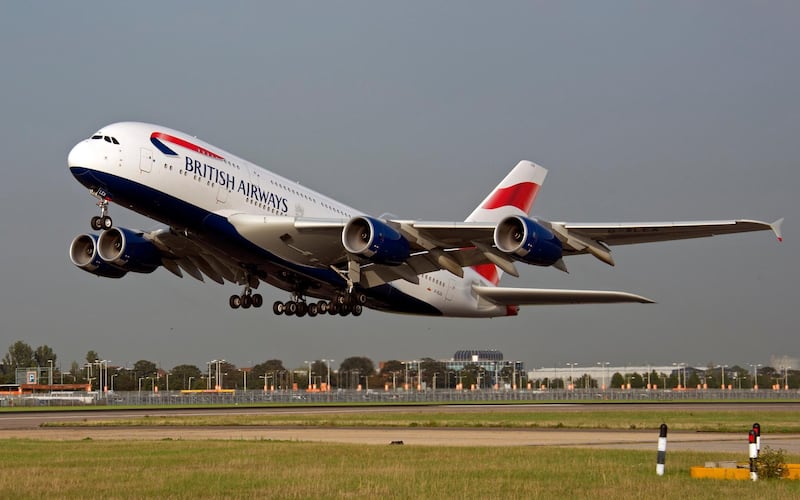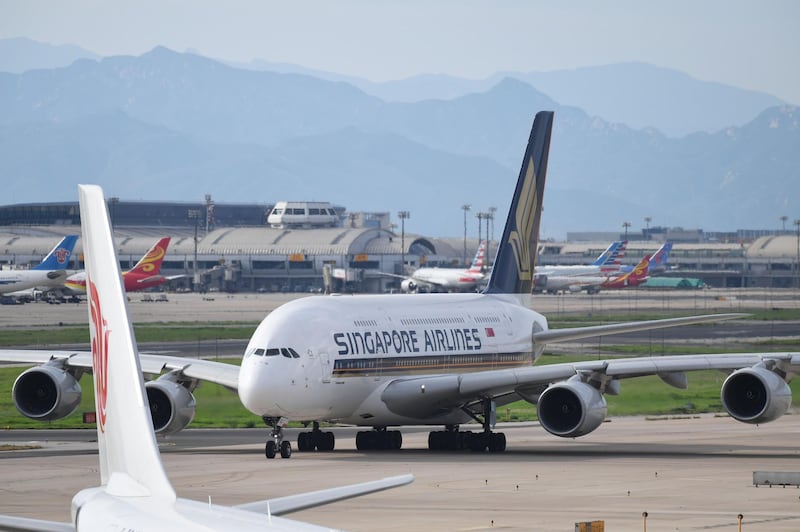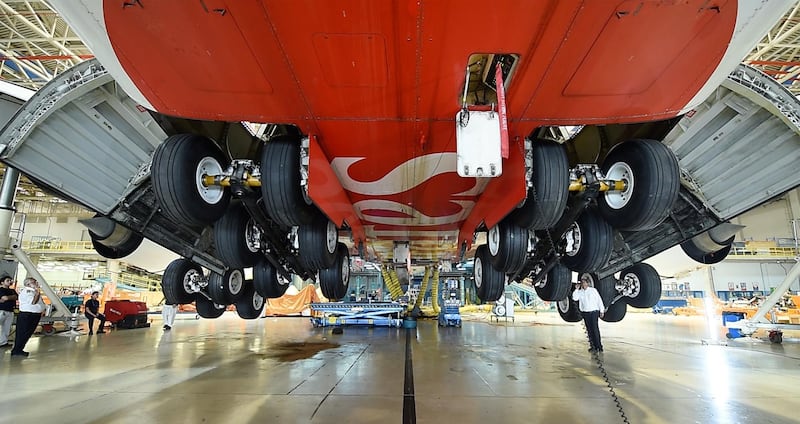The Airbus A380 has sprung back into life as travel demand recovers following the sudden halt caused by the onset of the coronavirus pandemic.
Many airlines grounded their fleets in March 2020, with the A380 superjumbo, the world’s largest passenger plane, the first given its passenger volume and high running costs.
But as people around the world gradually started travelling again and airlines brought their fleets back up to size, how straightforward was it to get an A380 up and running again after months sitting idle?
The short answer is it is not easy, while the longer answer has been provided recently by Qantas chief executive Alan Joyce.
The Australian airline parked all 12 of its A380s in June 2020 and plans to bring 10 of them back to meet passenger demand.
Mr Joyce explained what it entails to get the superjumbo back in the skies.
“Just to wake up an A380 is 4,500 hours, or two months, of manpower,” he said.
“That’s 10 engineers working for two months in the Mojave Desert — for one plane. They replace all 22 wheels, all 16 brakes, get rid of all of the oxygen cylinders and fire extinguishers. Everything on board the aircraft is replaced.”
“The aircraft is put up on jacks in the middle of the desert. It’s gear is tested, the aircraft’s engines are run in the desert to make sure that they’re all functioning. That’s just to get out of the desert to Los Angeles or to another maintenance facility.
“When the aircraft’s flown out, most of the aircraft then go through 100 days of maintenance on top of that,” Mr Joyce said.
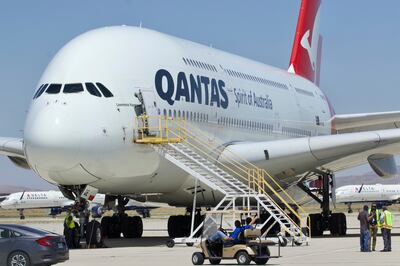
Qantas came within 11 weeks of financial collapse at the height of the pandemic, Mr Joyce said last week.
According to Cirium, a UK aviation data and analytics company, an estimated inactive inventory of about 17,000 widebody, narrowbody and regional jets were in storage in March 2020. That's equivalent to more than 60 per cent of the world's fleet.
In March 2020, when coronavirus restrictions hit, Dubai-based Emirates, the biggest operator of the A380, parked up 218 of its entire fleet of 270 aircraft.
The A380s and Boeing 777s were split between Dubai World Central, where 117 jets were sent, and Dubai International Airport, which took 101 of the wide-body fleet.
Once parked, every engine, wheel and tail had to be covered by Emirates crew, an operation that took 15,500 hours of work.
Once the jets are wrapped up, there's more to be done. Engineering teams complete checks on the jets every seven, 15 and 30 days.
Emirates plans to increase its operating capacity to 80 per cent by the end of this year.
It has just started a retrofitting project on many of its A380s, which will include premium-economy seats.
In February 2019, Airbus announced it would end production of the A380.
Emirates received the last manufactured A380 in December last year.
Conceived in the early 1990s, the A380 was unveiled in December 2000 and entered commercial service on October 25, 2007, with Singapore Airlines.
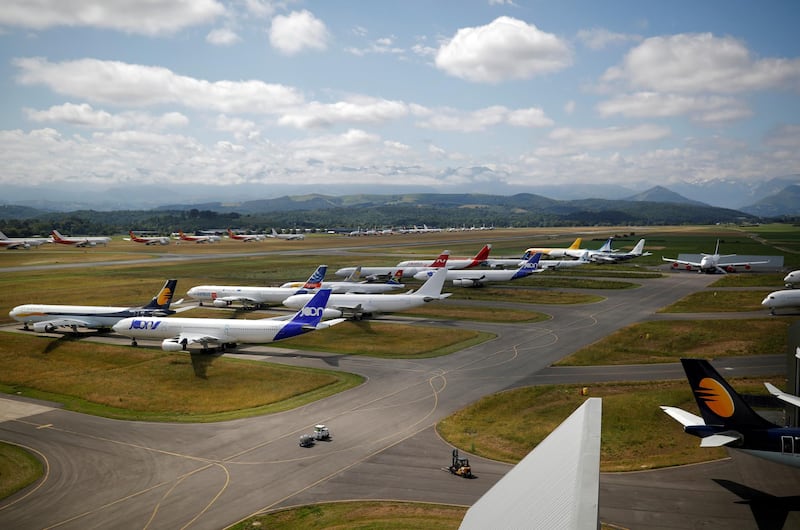
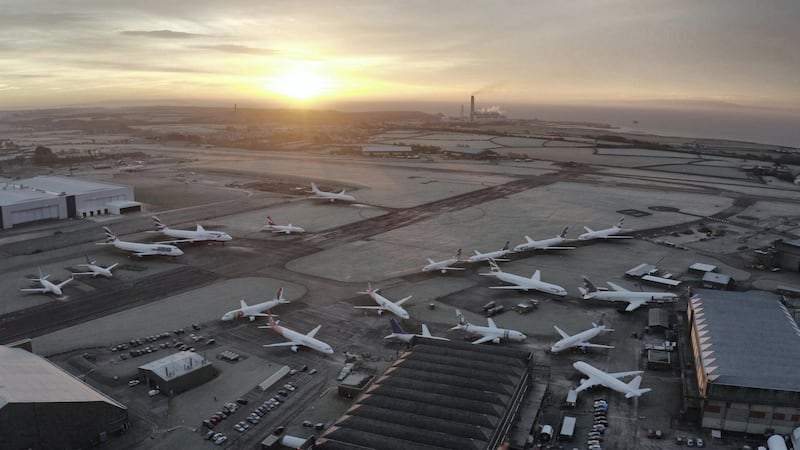
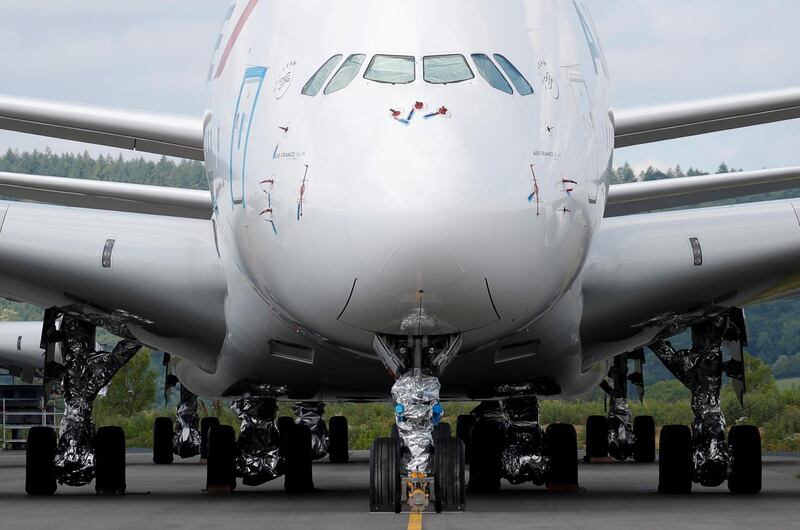
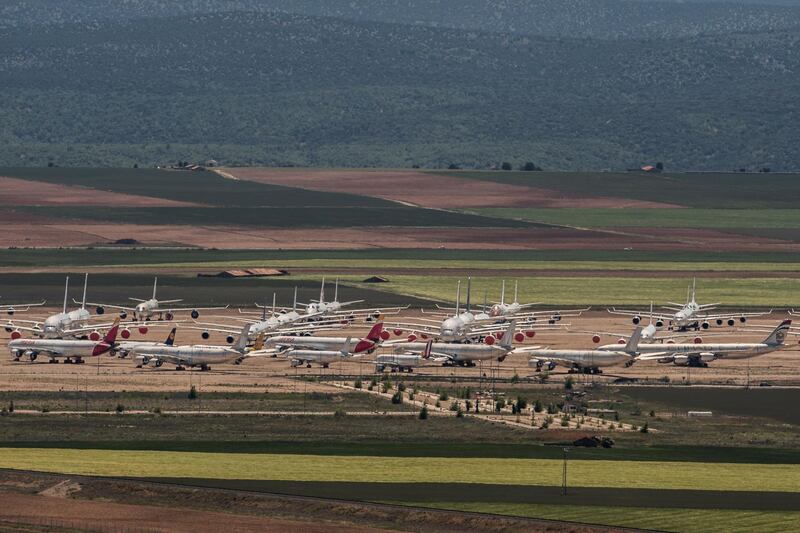
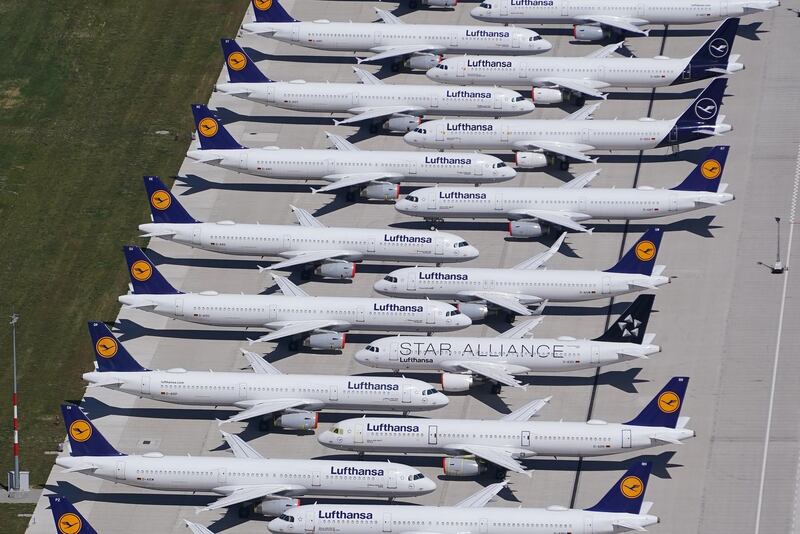
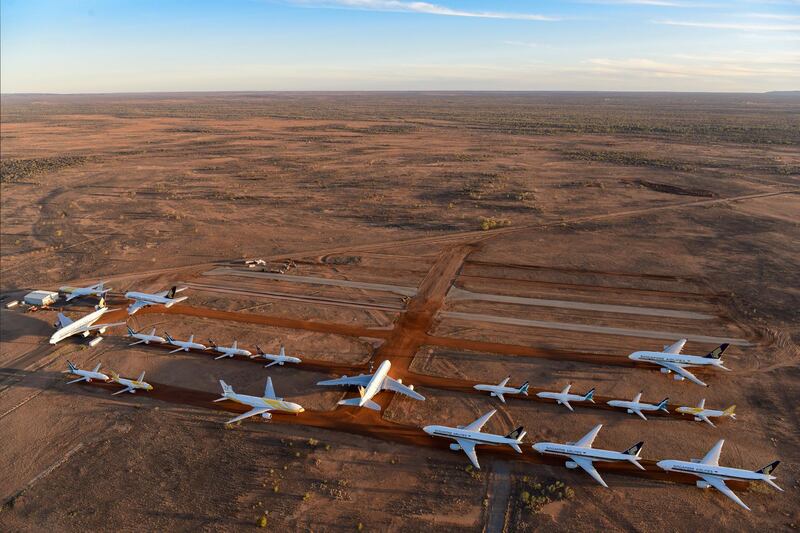
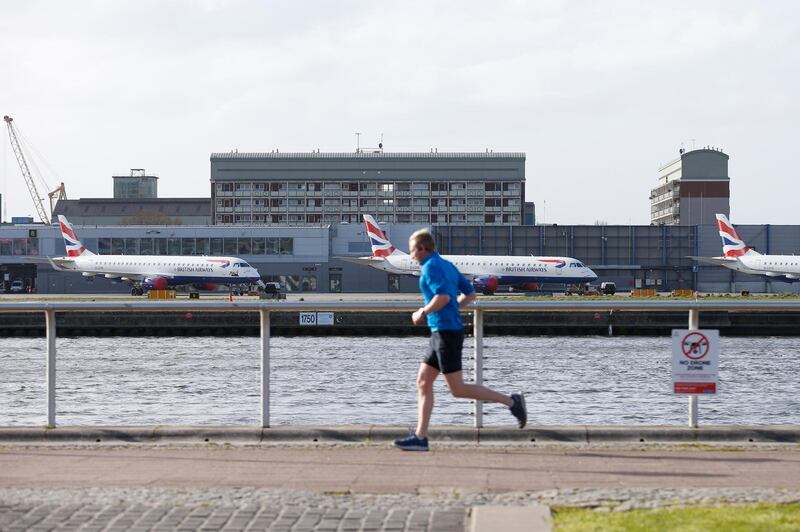
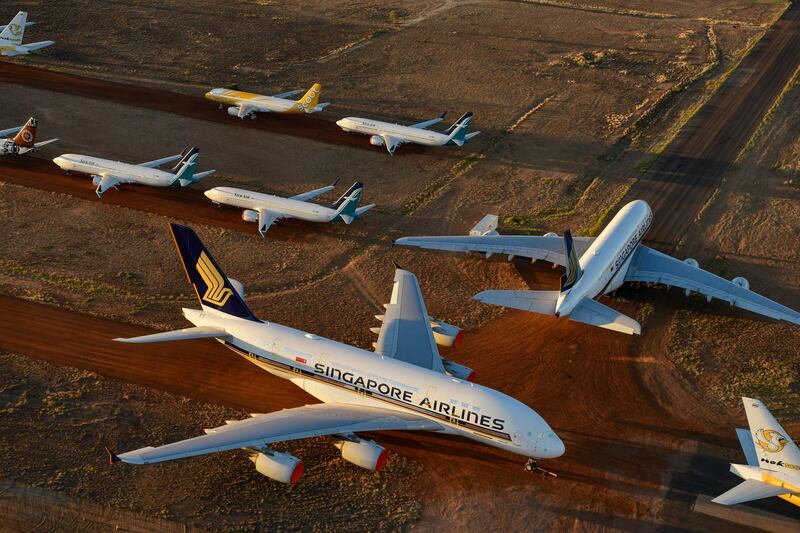
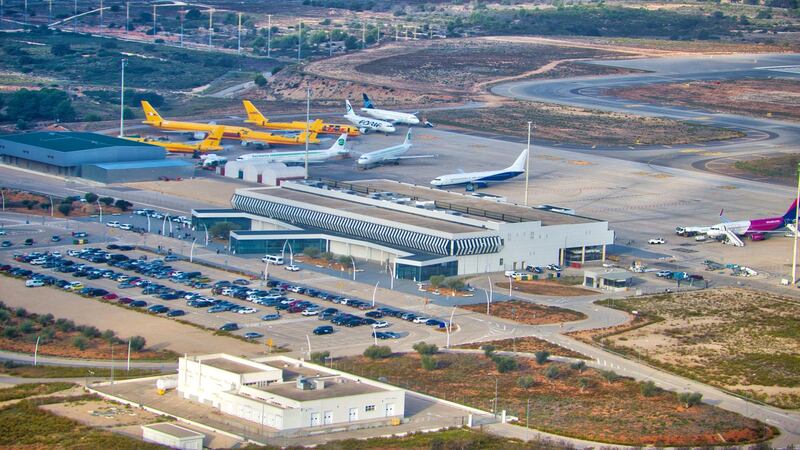
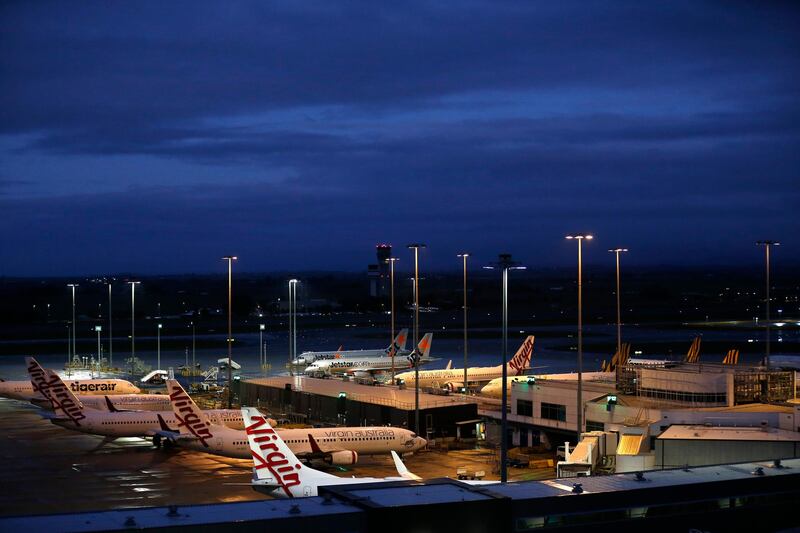
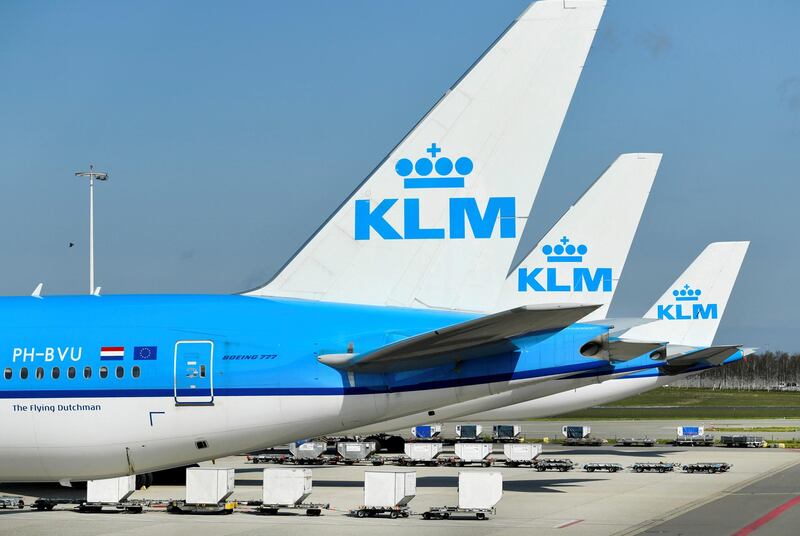
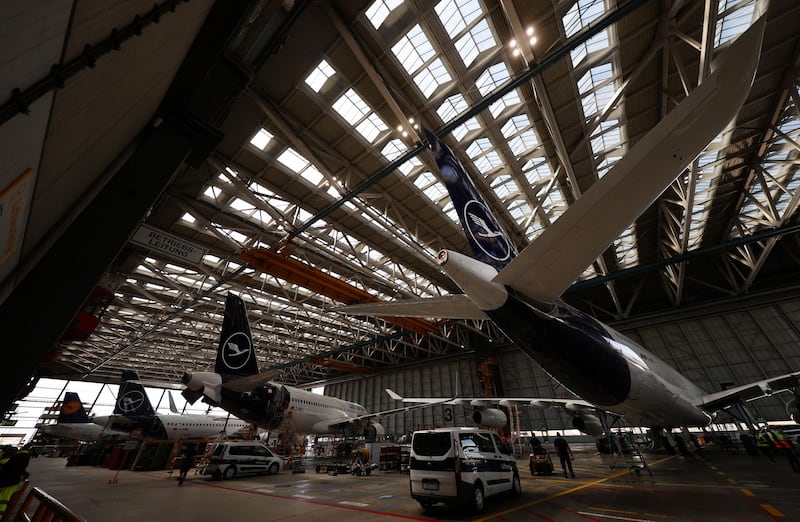
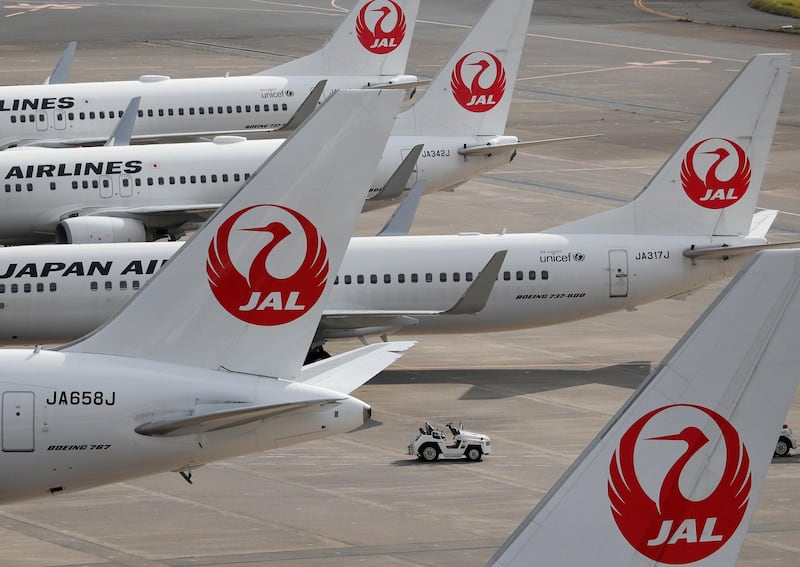
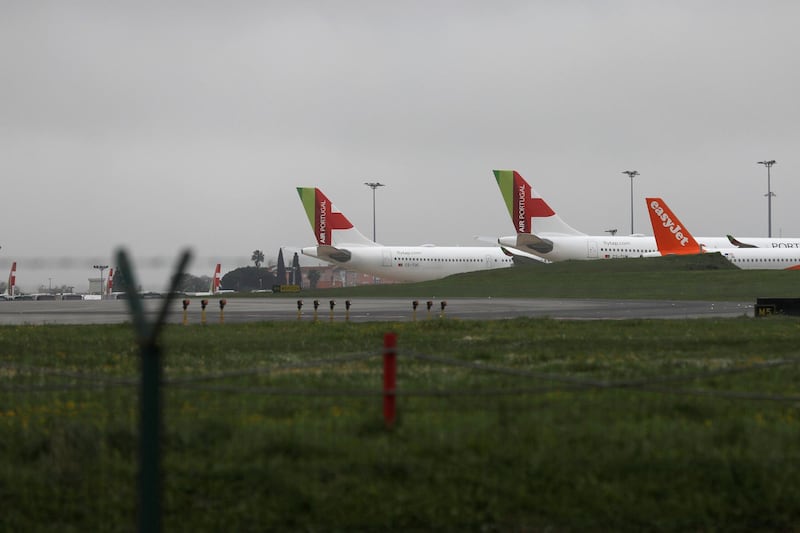
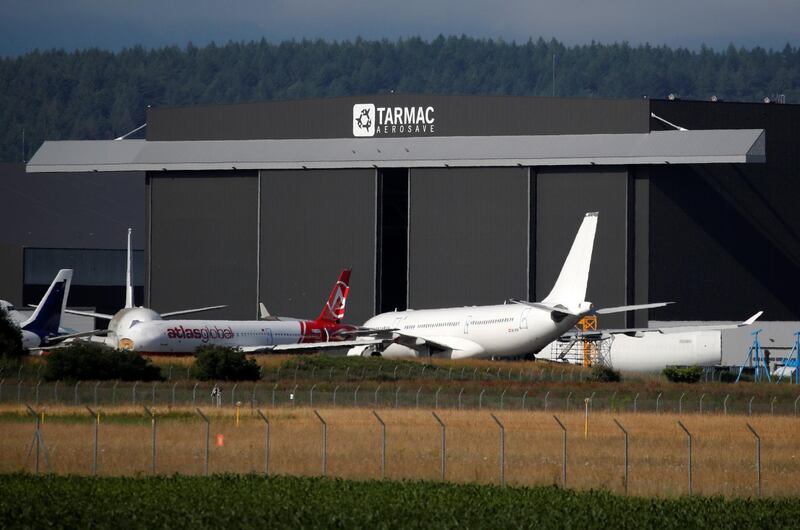
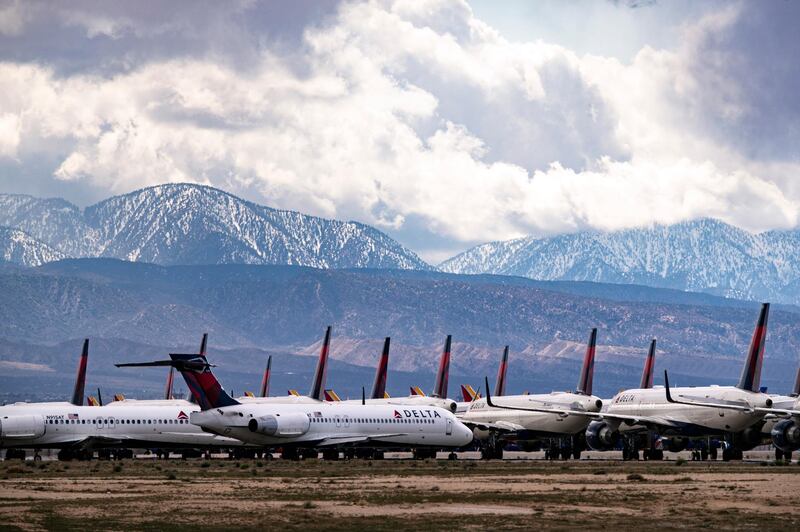
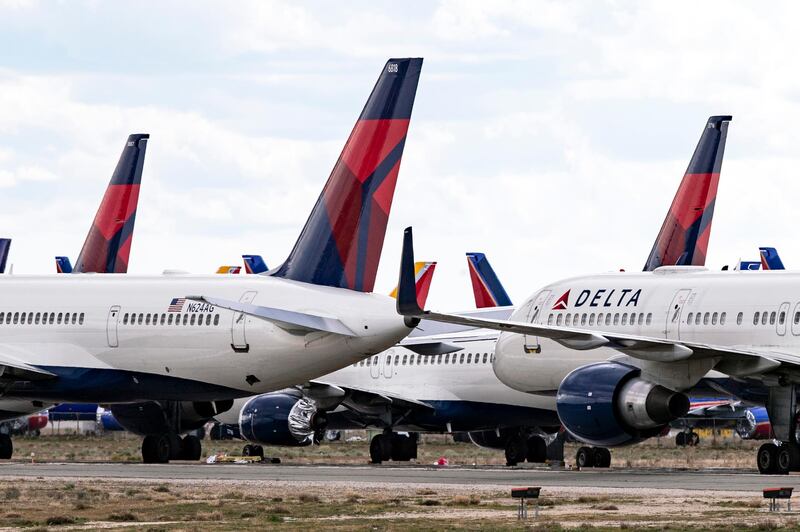
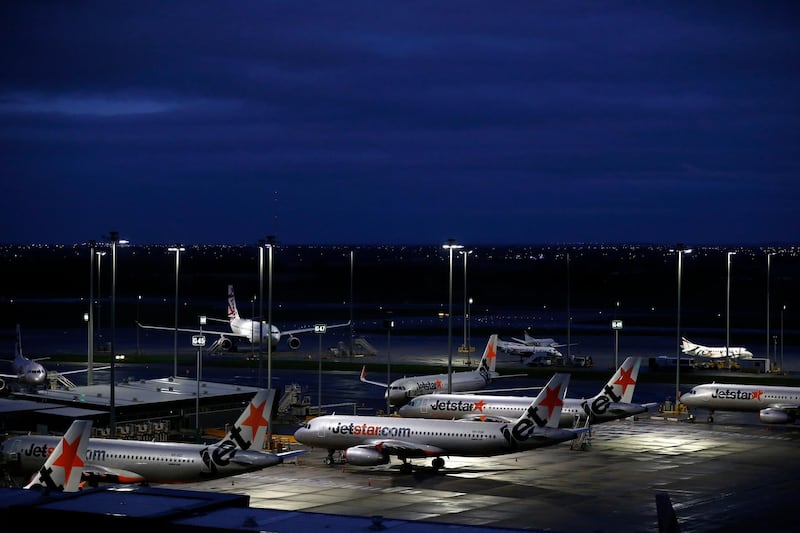
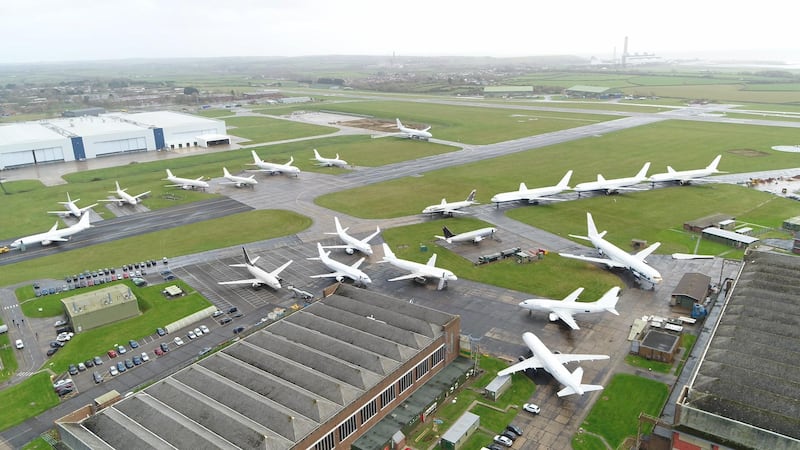
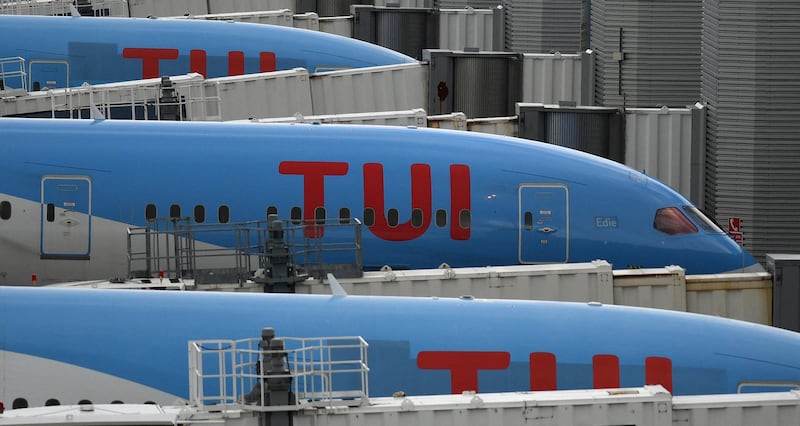
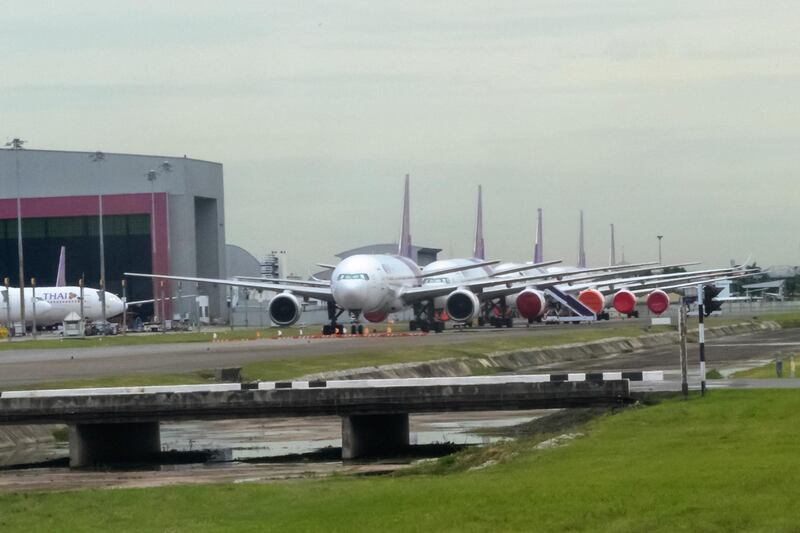
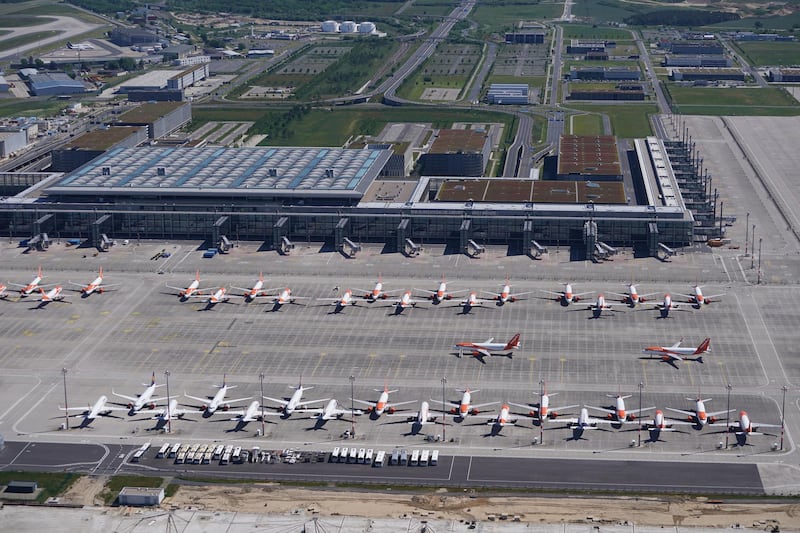
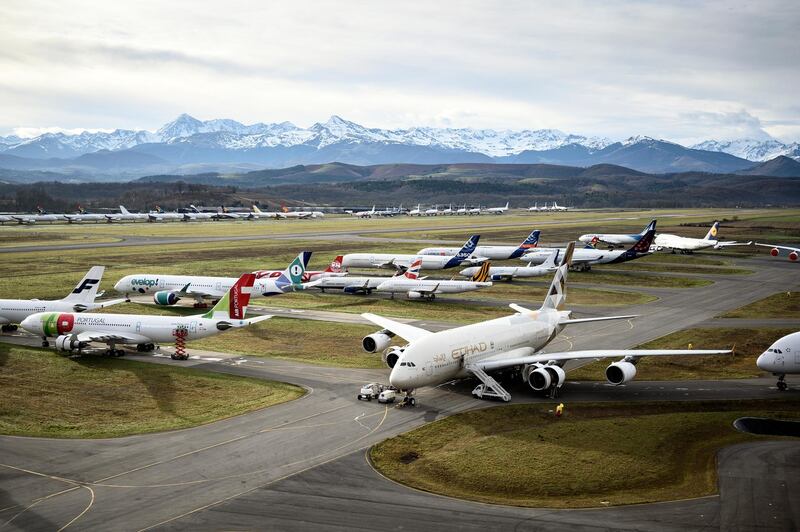
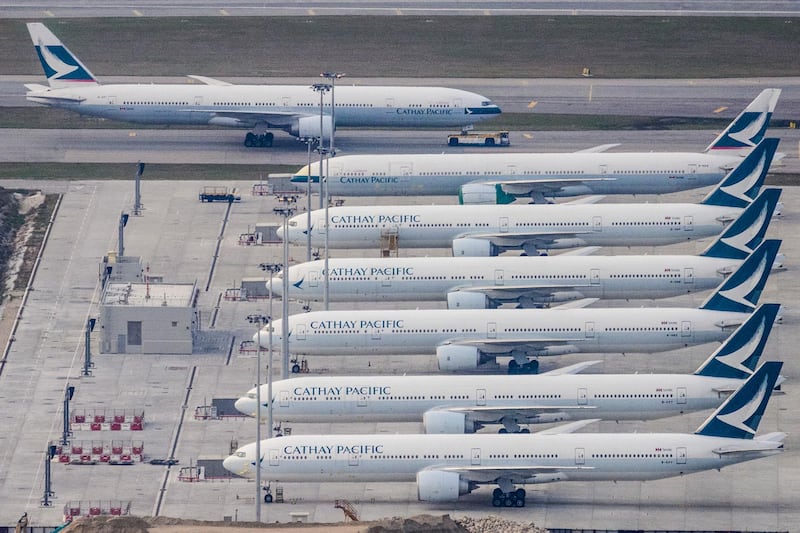
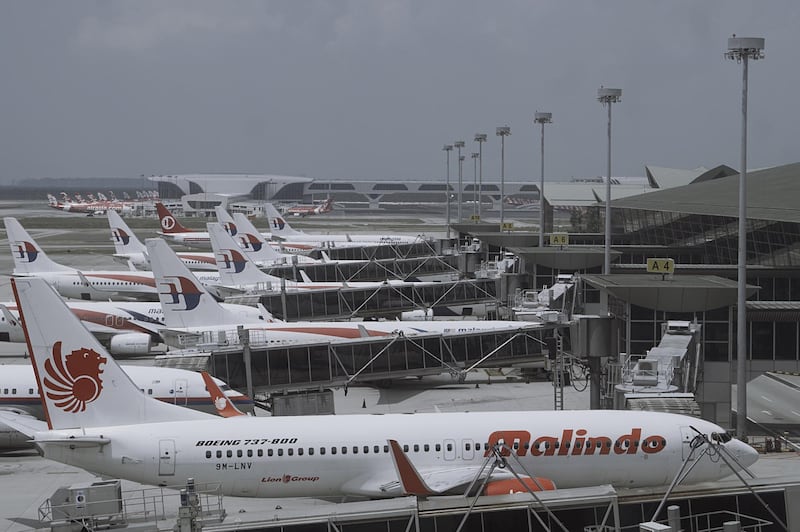

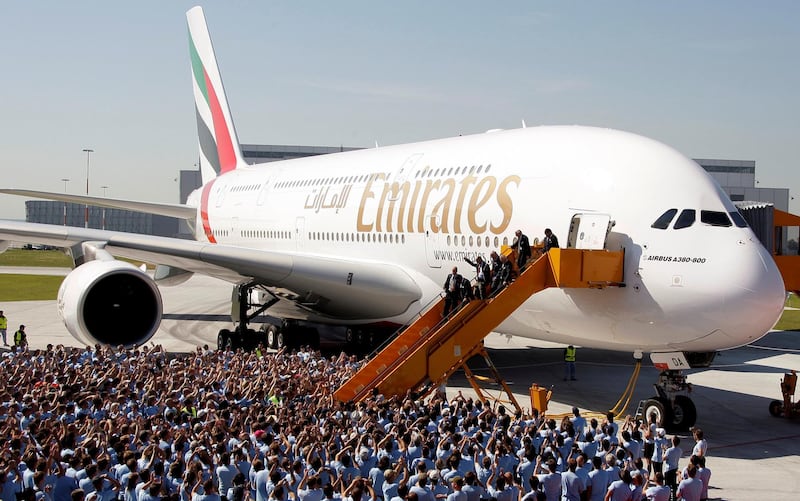
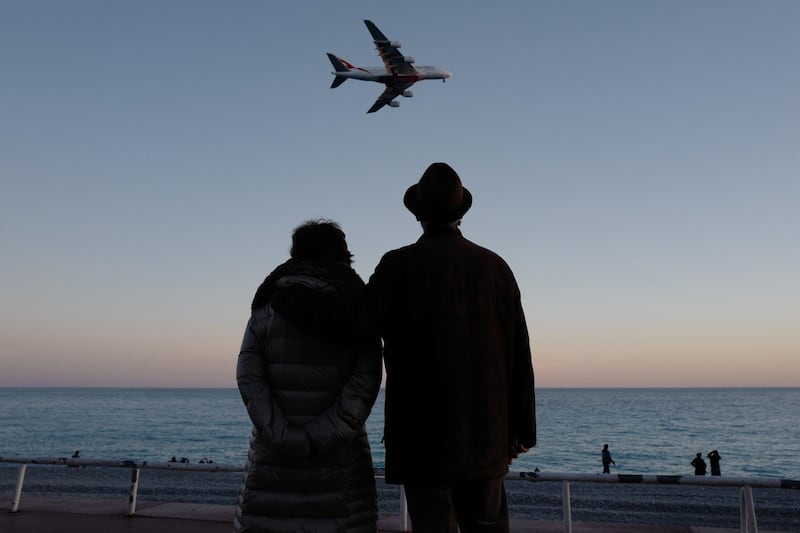
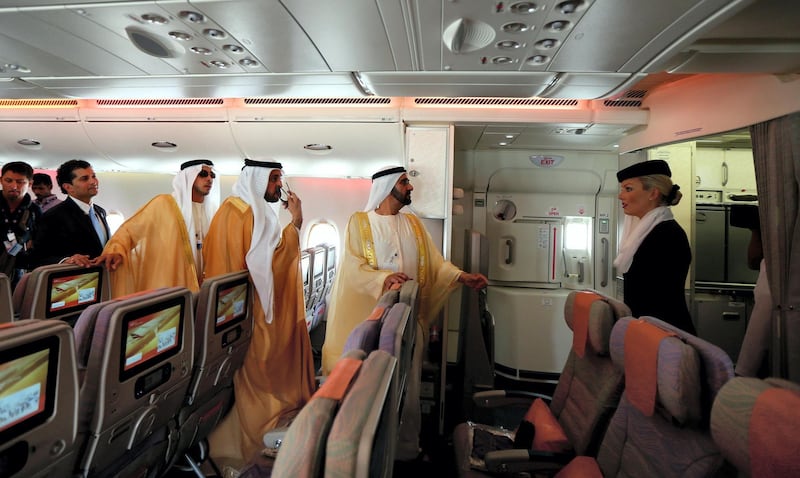
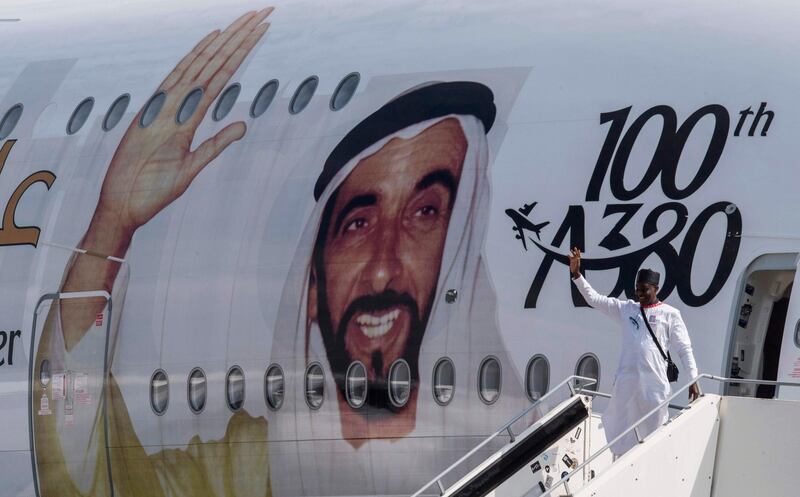
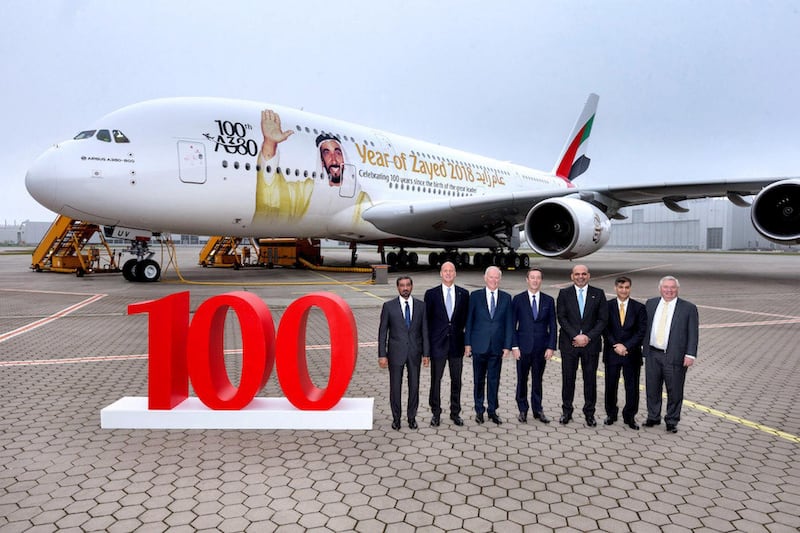
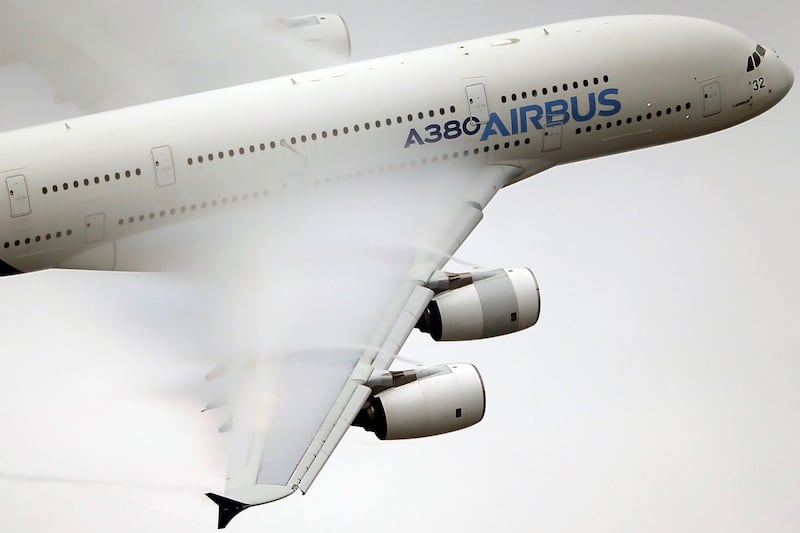
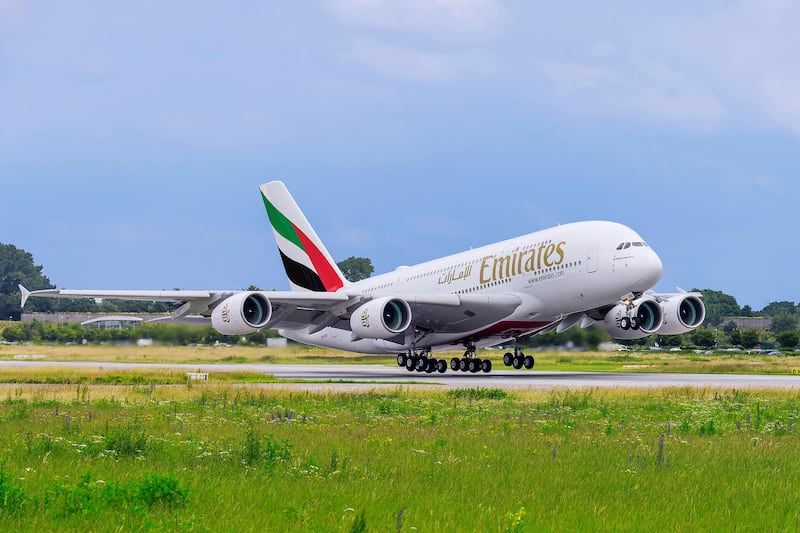
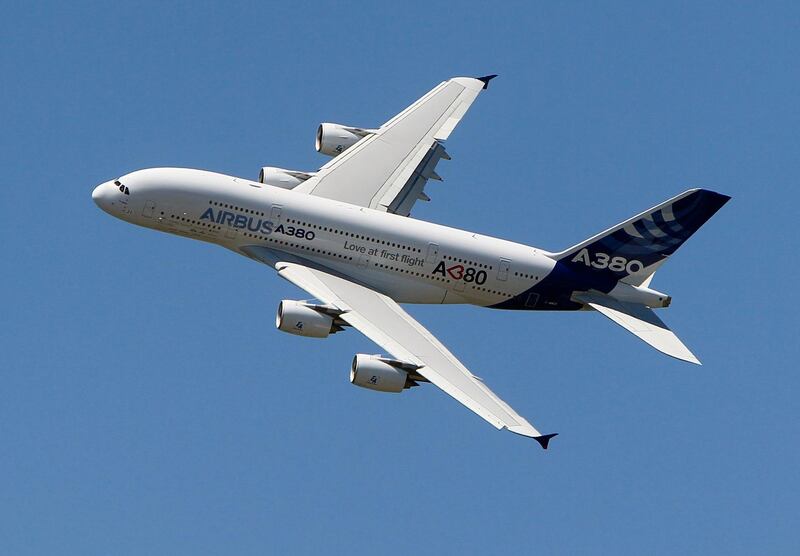
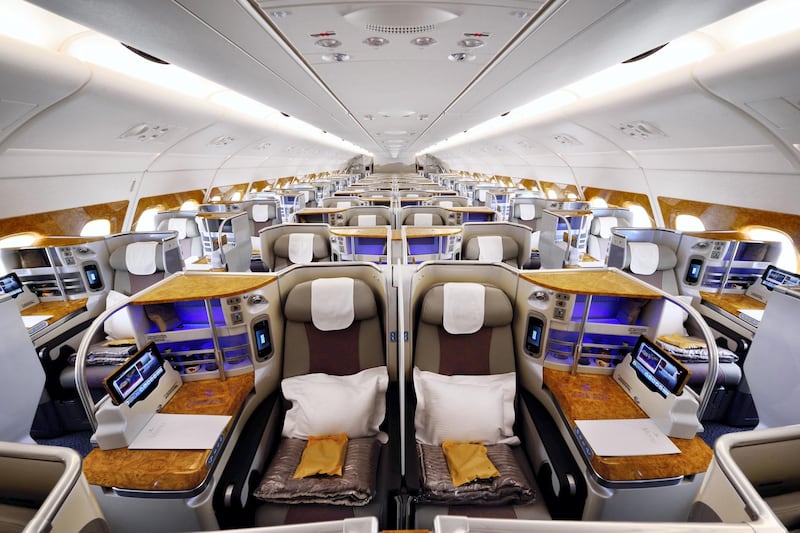
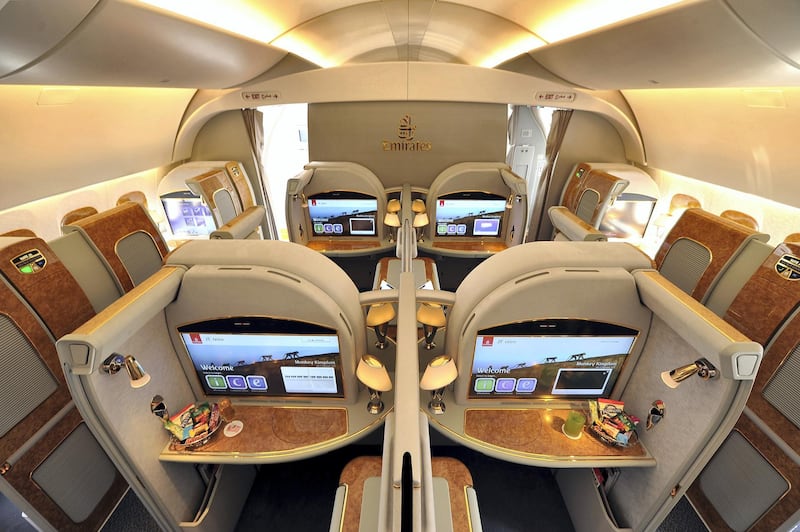
![An air stewardess arranges bedsheets of a double bed in a suite of Singapore Airlines' new Airbus A380 during a tour of the plane at Changi Airport in Singapore on December 14, 2017. - The research, design, development and installation of the new products on 19 Singapore Airlines A380 planes represent an investment of about 850 million USD, SIA said. (Photo by TOH Ting Wei / AFP) / ���The erroneous mention[s] appearing in the metadata of this photo by TOH Ting Wei has been modified in AFP systems in the following manner: Correcting the second sentence. Please immediately remove the erroneous mention[s] from all your online services and delete it (them) from your servers. If you have been authorized by AFP to distribute it (them) to third parties, please ensure that the same actions are carried out by them. Failure to promptly comply with these instructions will entail liability on your part for any continued or post notification usage. Therefore we thank you very much for all your attention and prompt action. We are sorry for the inconvenience this notification may cause and remain at your disposal for any further information you may require.���](https://thenational-the-national-prod.cdn.arcpublishing.com/resizer/v2/WVTBU5KHPAJ34I3X5KTS564DZ4.jpg?smart=true&auth=6c08b67ecc4e58e3b29a043befee5650e71ee531d004abe823c446a87b5f1124&width=800&height=533)
